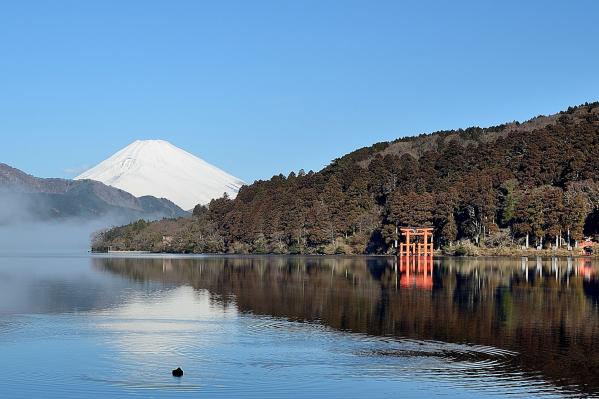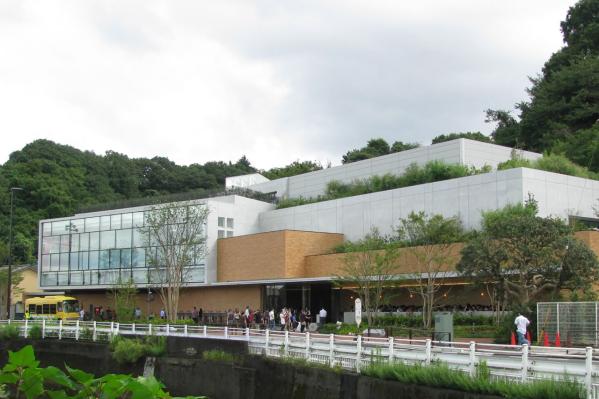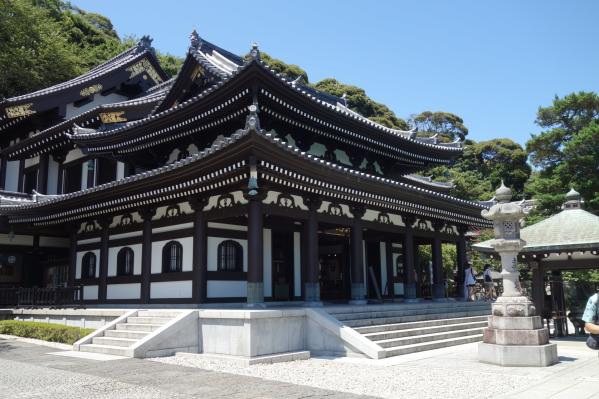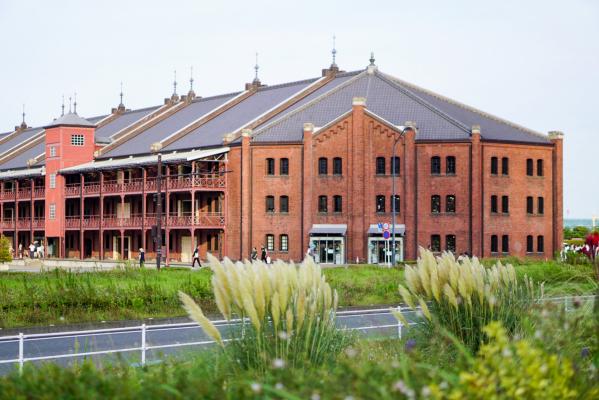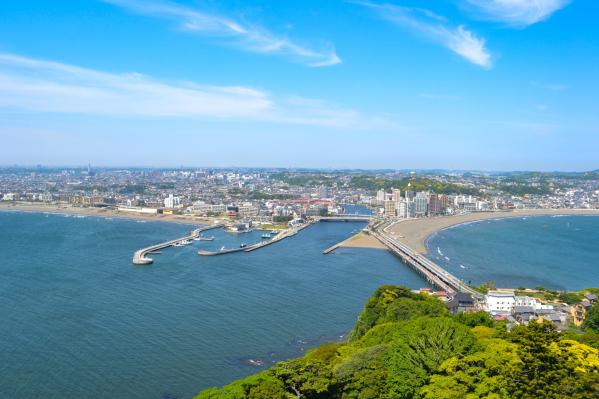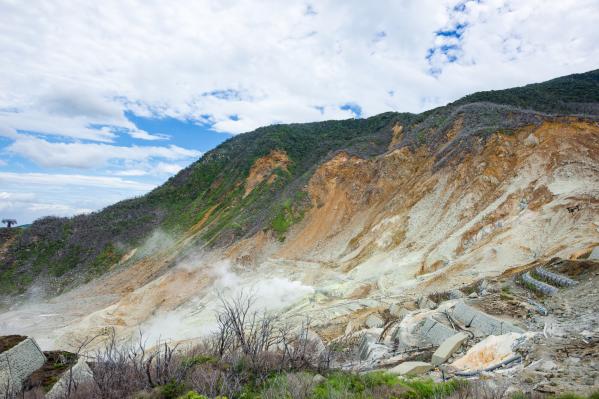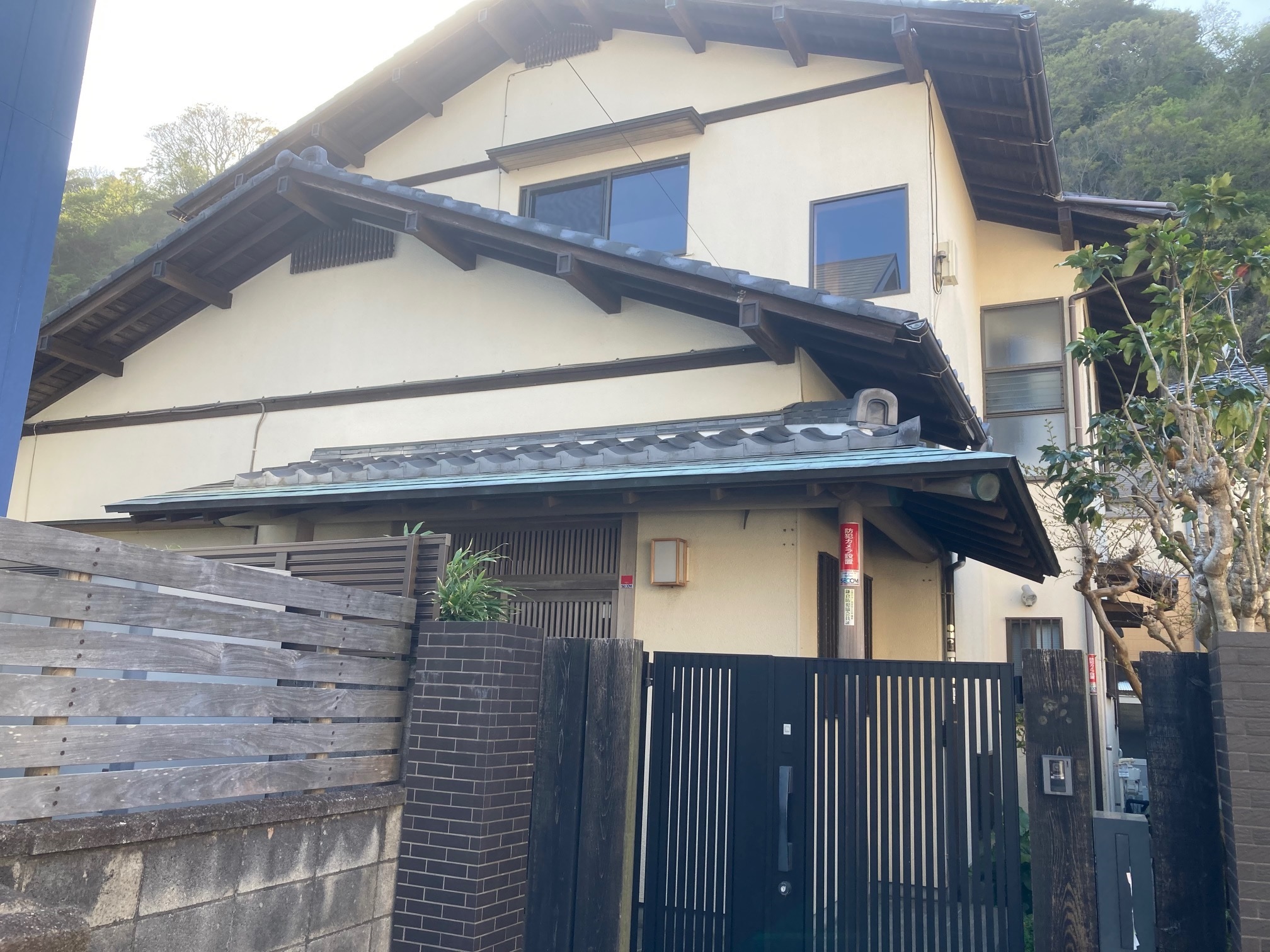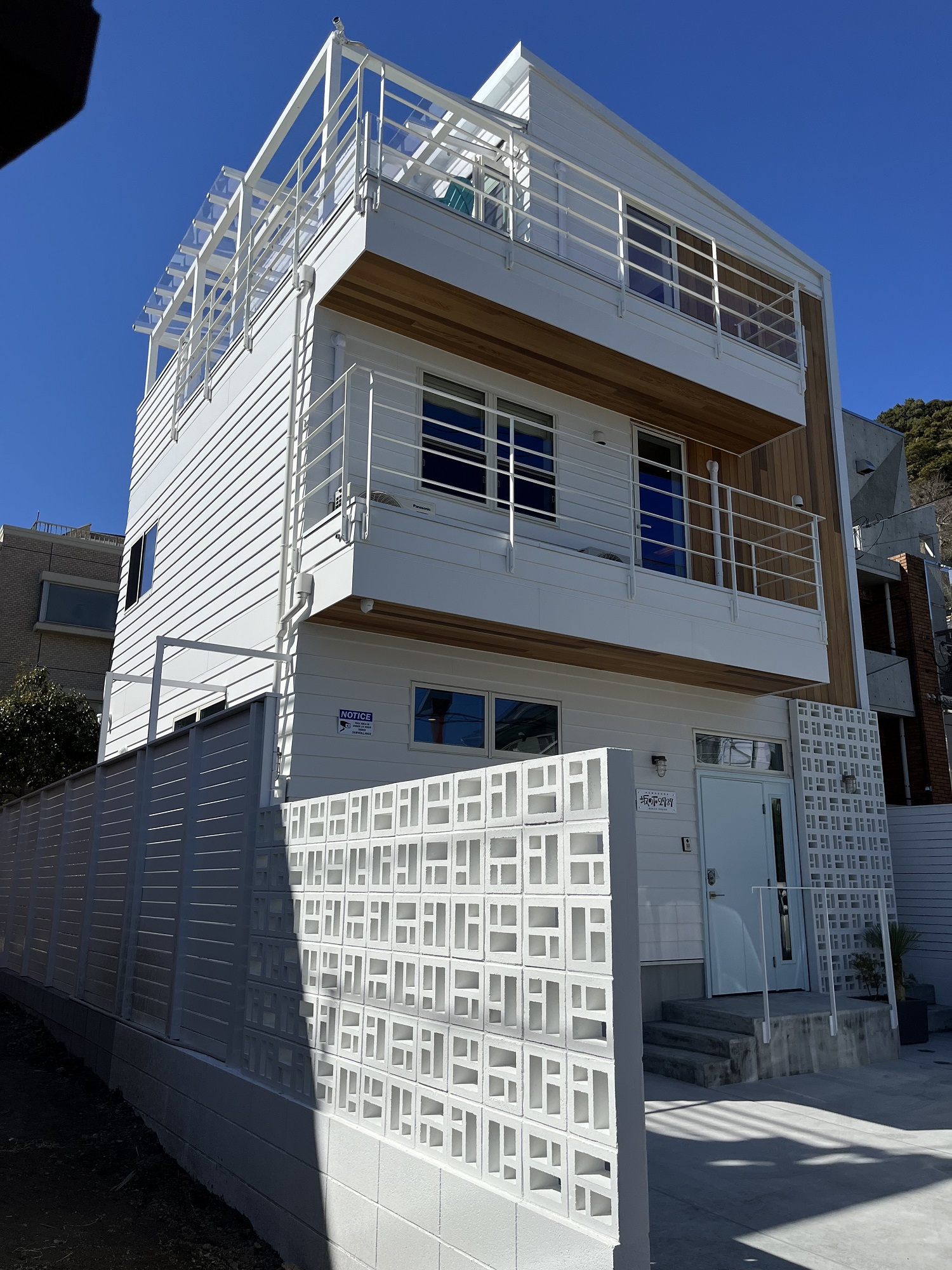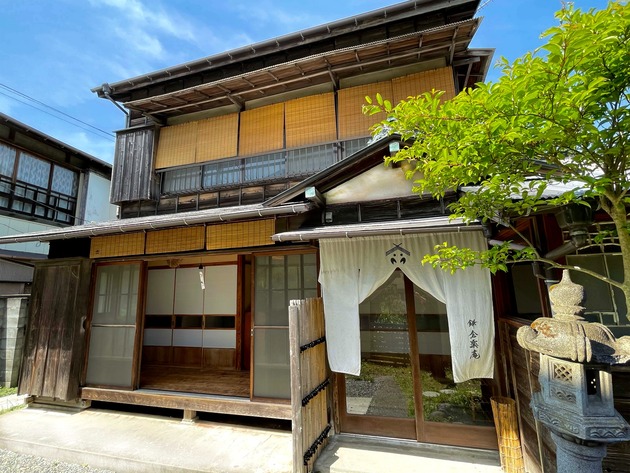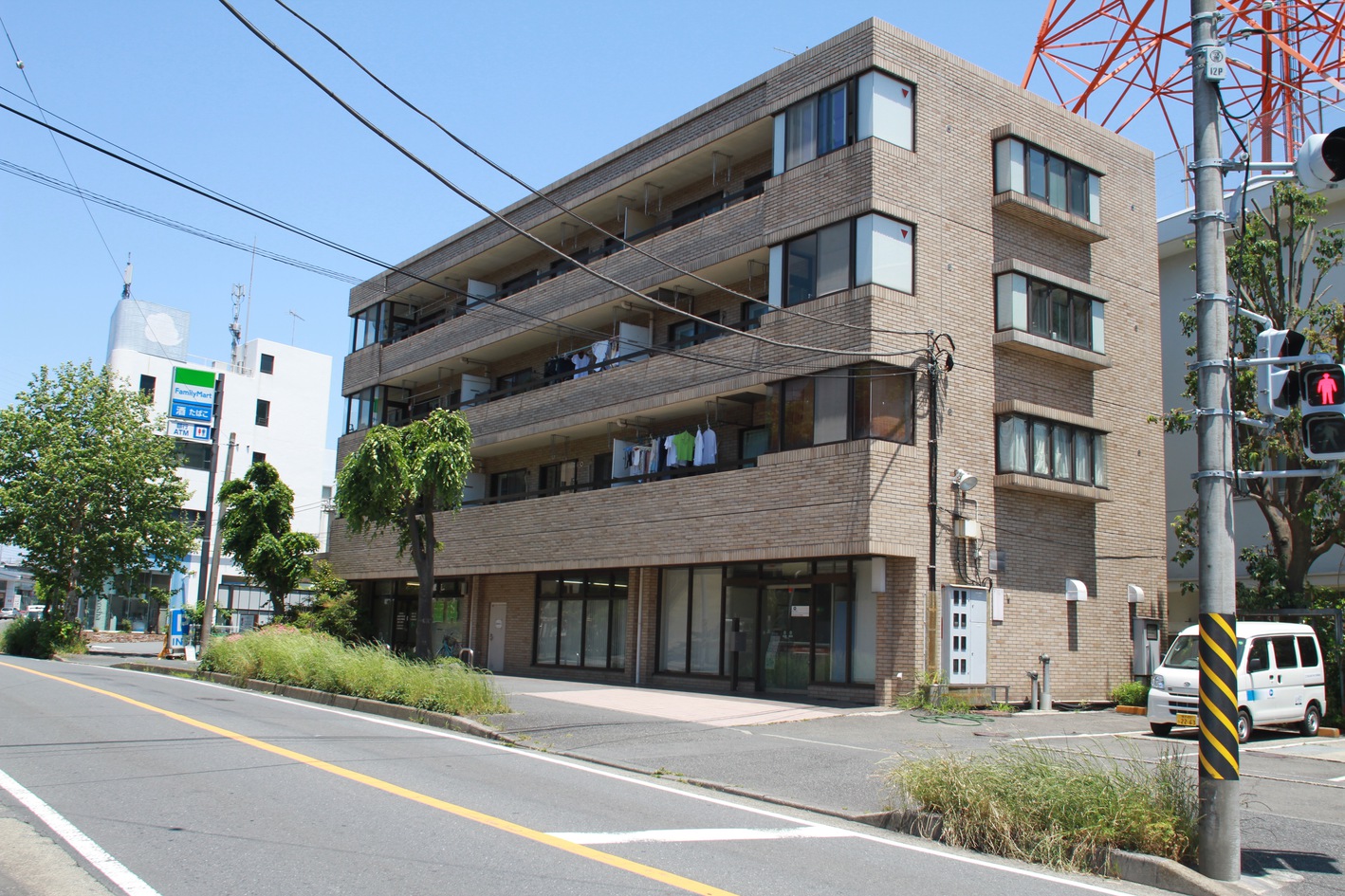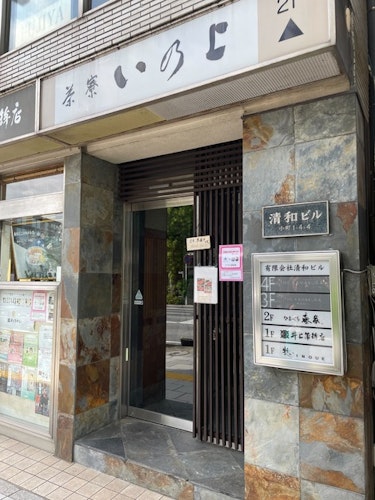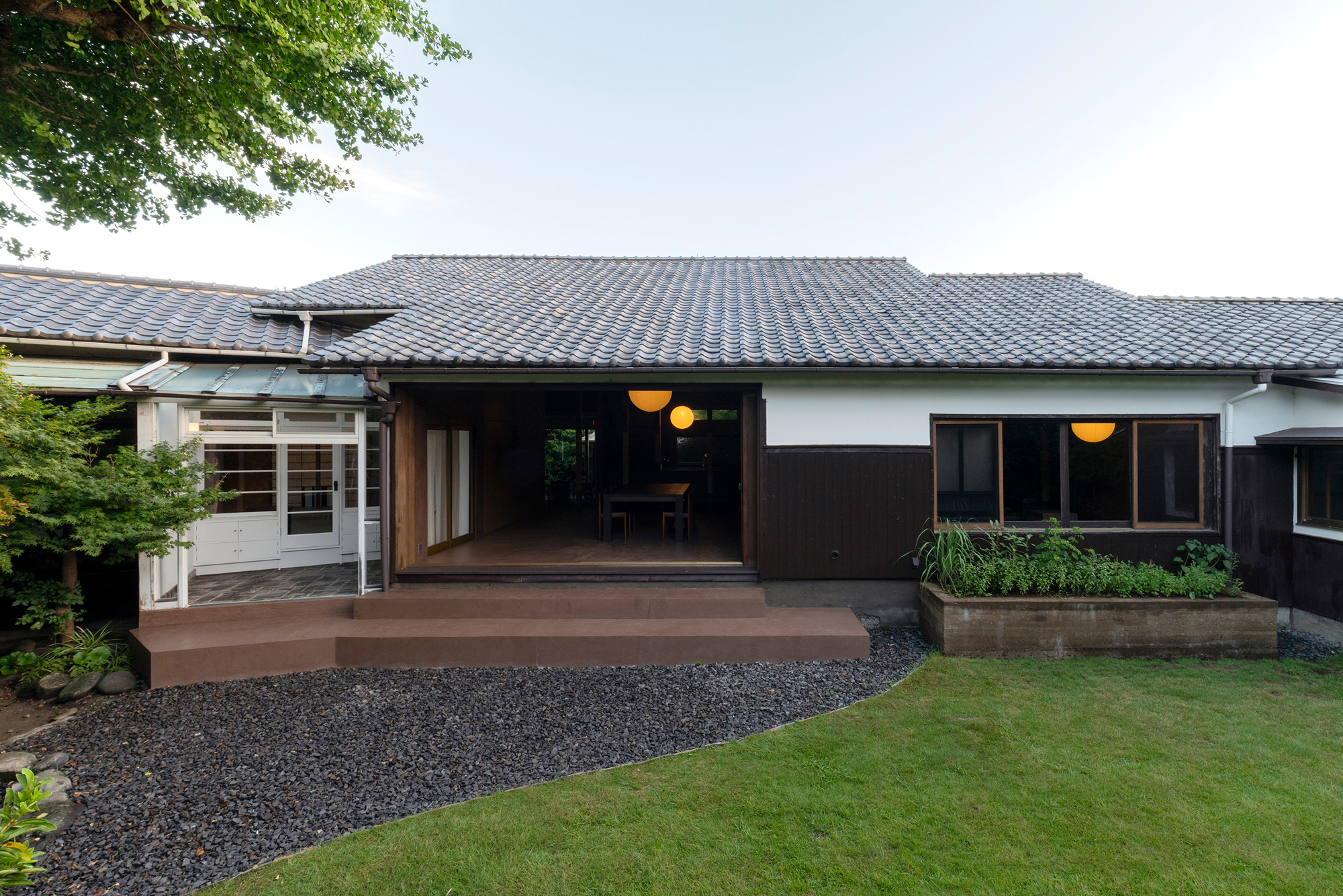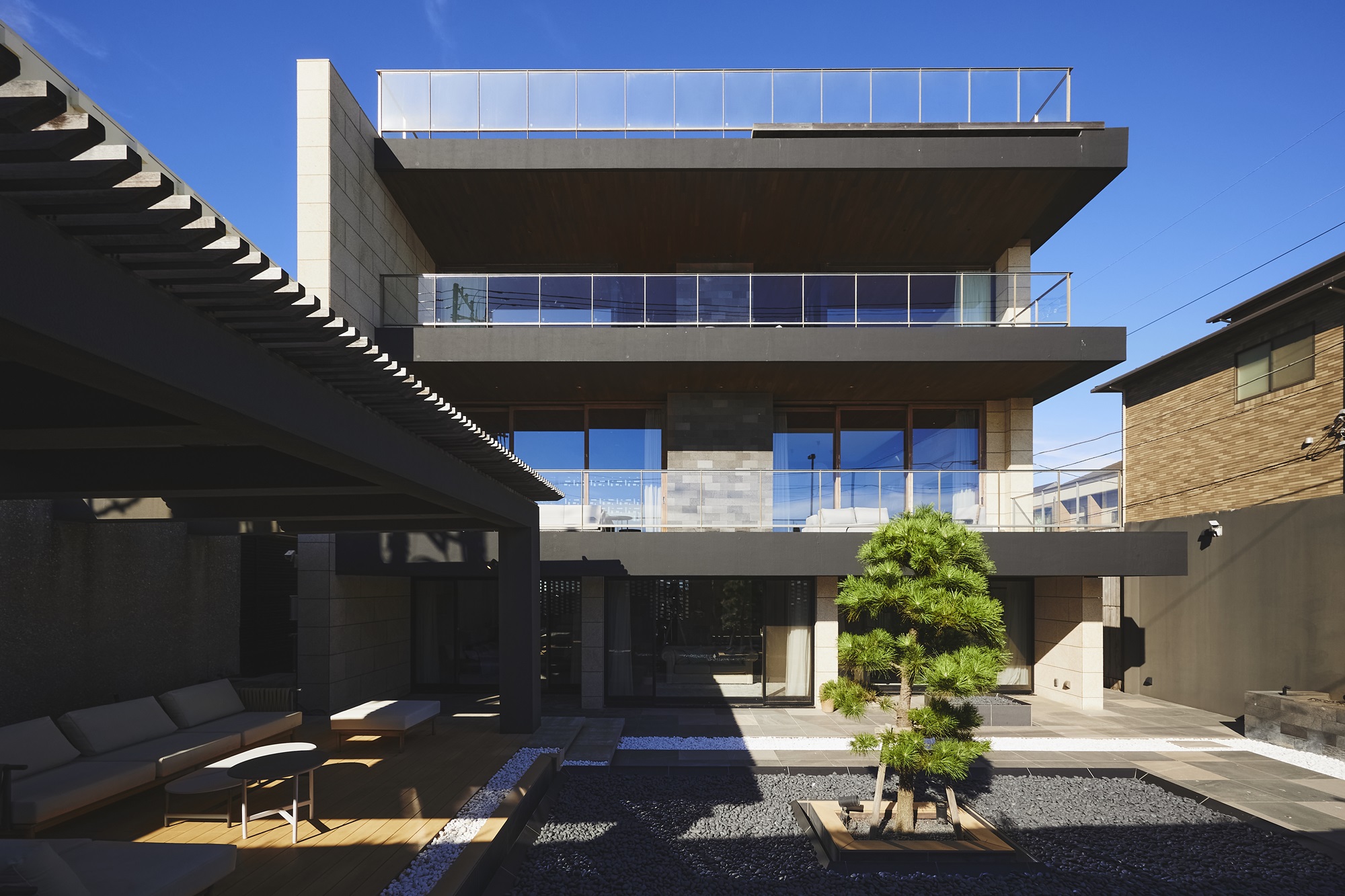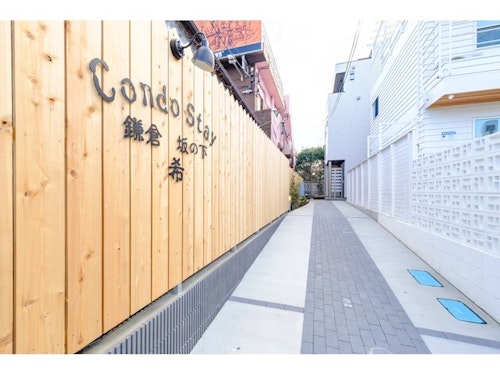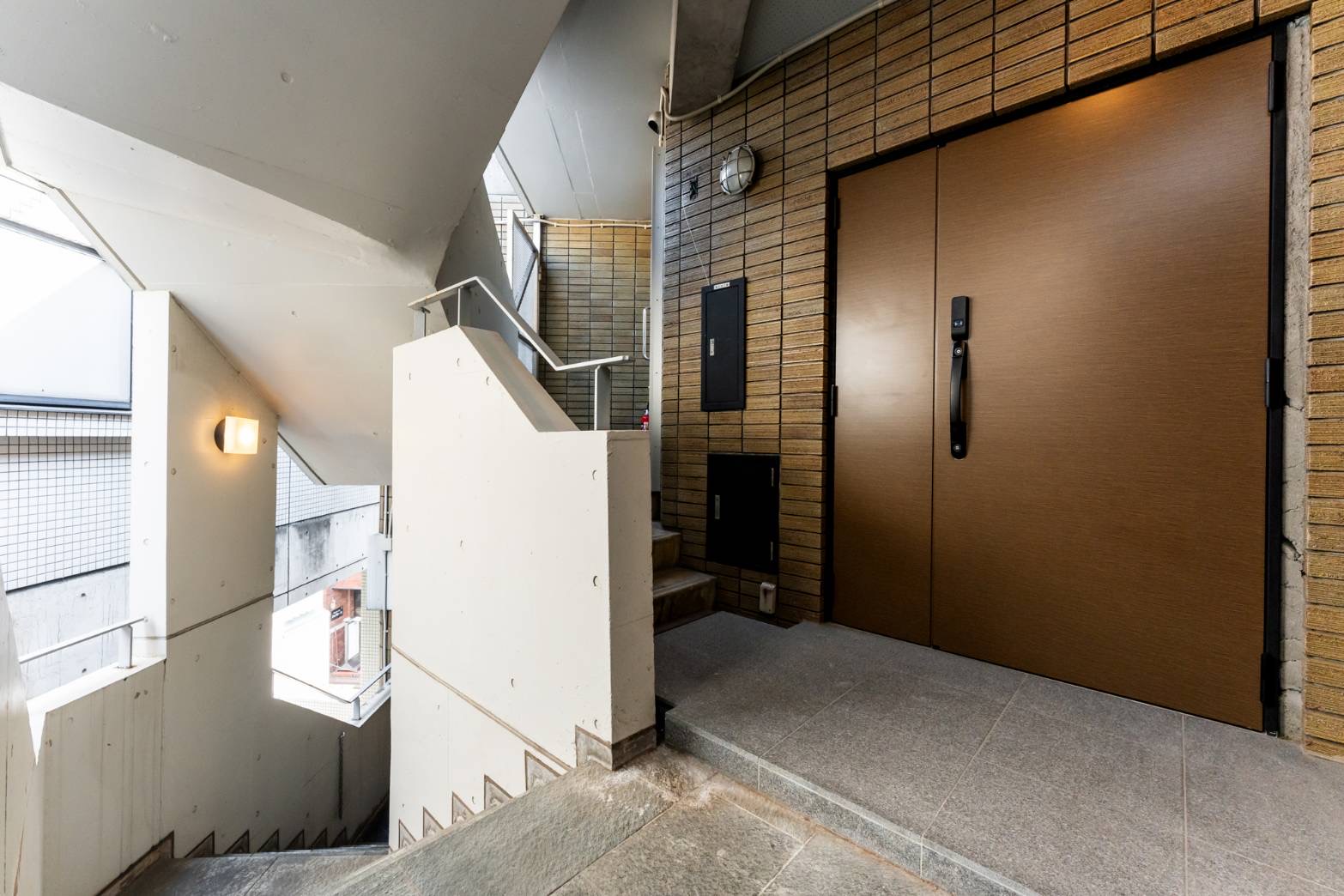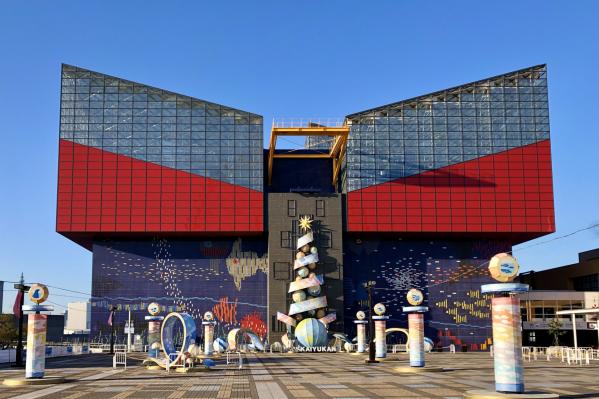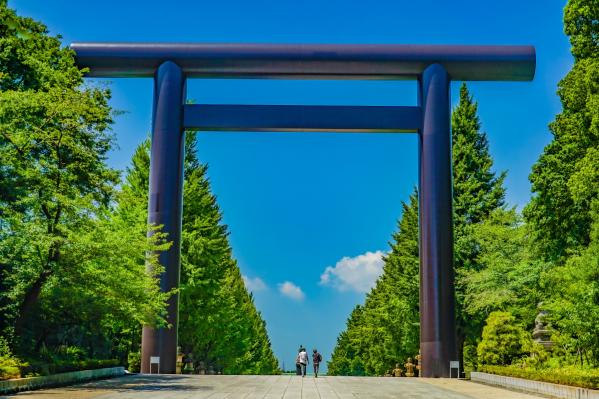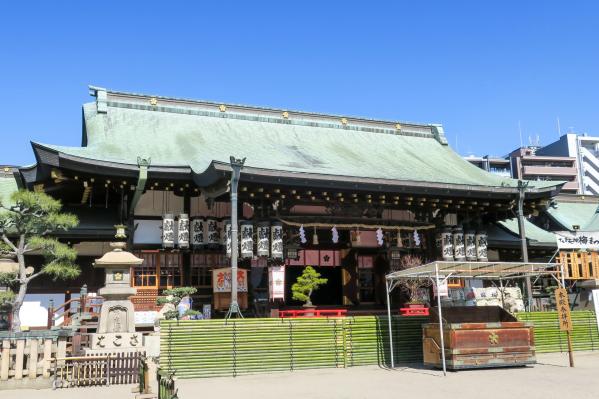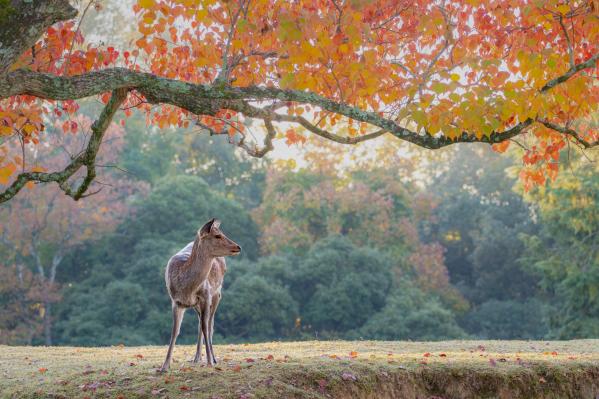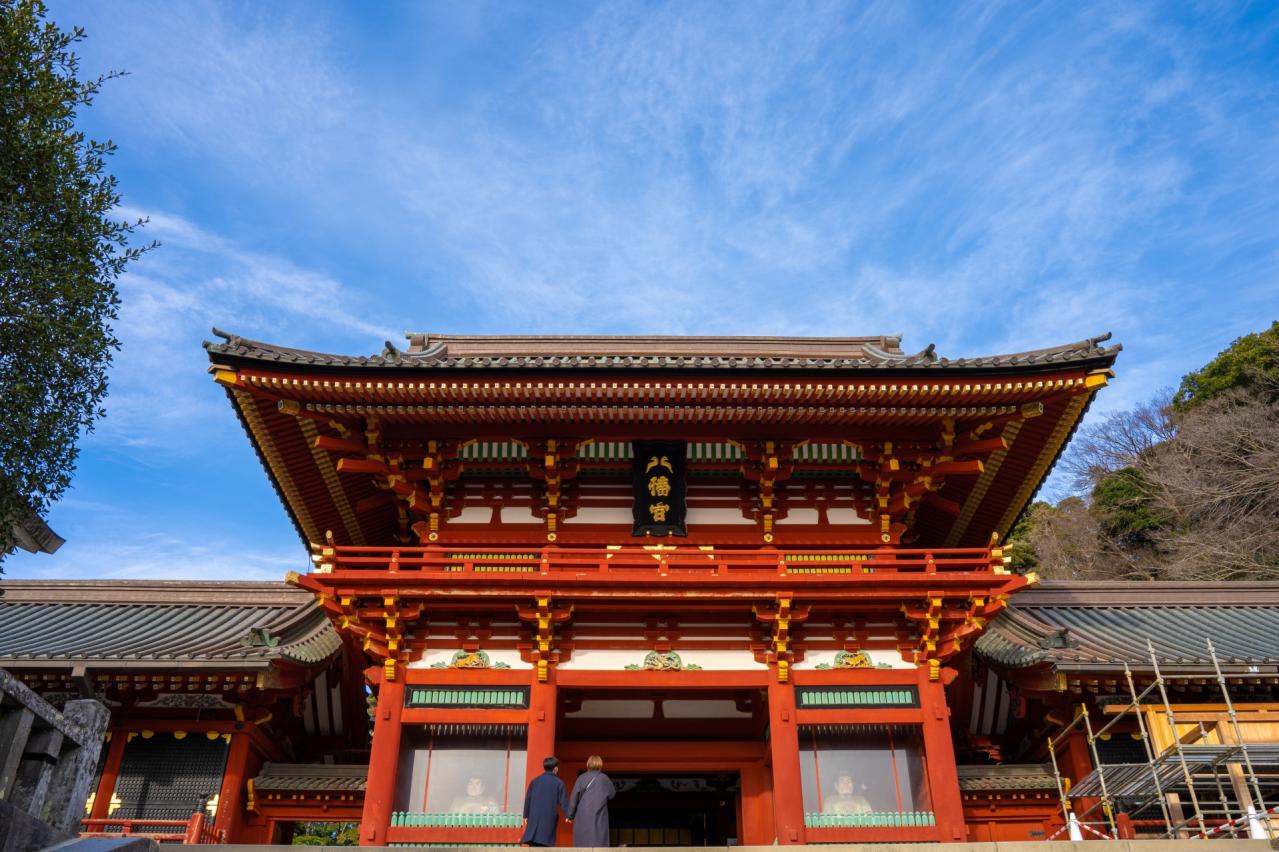
Tsurugaoka Hachimangu Shrine
When Minamoto no Yoritomo entered Kamakura in 1180, he moved this Yui Wakamiko to its current location and named it "Tsurugaoka Hachimangu Shinomiya Wakamiko." After a fire in 1191, Yoritomo rebuilt the upper shrine (main shrine), resulting in the form we see today. This shrine serves as a spiritual center for the samurai, especially the Kamakura warriors, and is famous for its yabusame (horseback archery) ceremonies.
Until the Edo period, the shrine was associated with the syncretism of Shinto and Buddhism; however, many Buddhist halls were removed due to the Meiji government's policy of separating Shinto and Buddhism. The current main shrine was reconstructed in 1818 by Tokugawa Ienari, the 11th shogun of the Edo shogunate, while the Wakamiko was built in 1626 by Tokugawa Hidetada, the second shogun.
The enshrined deities are Emperor Ojin, Empress Jingu, and Himegami. The shrine has been deeply revered by the samurai class and is bustling with many visitors throughout the ages. Tsurugaoka Hachimangu is an important shrine closely tied to Japanese history, having been revered by many warrior clans such as the Minamoto, Ashikaga, Later Hojo, Toyotomi, and Tokugawa.
Basic Information
- Spot Name
- Tsurugaoka Hachimangu Shrine
- Location
- 〒248-8588 2-1-31 Yukinoshita, Kamakura City, Kanagawa Prefecture, Japan
- Access
- JR Yokosuka Line
JR Shonan-Shinjuku Line
10-minute walk from the East Exit of "JR Kamakura Station"
Enoshima Electric Railway
10-minute walk from "Enoden Kamakura Station" - Parking
- Available
- Business Hours
- October to March: 6 AM to 9 PM
April to September: 5 AM to 9 PM - Contact Information
- Phone Number:0467-22-0315
- Official Website
Map
Detailed Information
Tsurugaoka Hachimangu Shrine originally began in 1063 (Kōhei 6) when Minamoto no Yoriyoshi celebrated his victory over Taira no Tadazumi by secretly inviting the deity from the Iwashimizu Hachimangu Shrine in Kyoto to be enshrined near the Yuigahama beach (currently where Moto Hachiman stands). About 120 years later, in 1180 (Jishō 4), when Minamoto no Yoritomo, a descendant of Yoriyoshi, entered Kamakura, he built a shrine on the northern mountain of Kobayashi Village (near the current Shimohaiden) to honor his ancestors and restored the Yuigahama Shrine. After a fire in 1191 (Kenkyū 2), Yoritomo opened up the mountainside behind and, having invited the spirit of Iwashimizu Hachimangu anew, he established Tsurugaoka Hachimangu as we see its upper and lower shrines today. The enshrined deities are the three pillars: Emperor Ojin (Hachiman Daikami), Empress Jingū, and the goddess Hime.
Yoritomo placed the Hachimangu Shrine in the position equivalent to the imperial palace in Heian-kyo, while constructing his residence and shogunate far to the east, demonstrating his devotion to the shrine. Tsurugaoka Hachimangu became the spiritual center for Kamakura warriors, where important policies of the shogunate were often executed based on consultations with the deity. Because Yoritomo believed in Hachimangu, many warriors across the country followed his example, leading to the establishment of numerous Hachimangu shrines nationwide.
Even after Yoritomo's death, prominent figures such as the Hojo clan, the Ashikaga clan, Toyotomi Hideyoshi, and the Tokugawa clan, the highest powers of their respective times, worked to restore and rebuild the shrine, which continues to be a symbol of reverence throughout the ages. Tsurugaoka Hachimangu was not only the guardian deity of the Kamakura shogunate but also the center of religious policy, hosting various official ceremonies, making it one of the most important shrines.
The tradition of the first shrine visit, believed to have been initiated by Yoritomo, continues today, with various traditional events held throughout the year. Among these, the grand festival, which traces back to the important religious event called Hōjōgai, is held every September and includes the dedication of yabusame (horseback archery).
The large ginkgo tree next to the great stone steps, which has watched over Kamakura's history, fell due to strong winds in the early morning of March 10, 2010 (Heisei 22), but new shoots have since grown and been transplanted nearby, alongside the sacred tree (parent ginkgo). A part of its trunk can be seen up close inside the Kamakura Museum of Modern Art.
Tsurugaoka Hachimangu Shrine Movies
Kanagawa Tourist Attractions
View ListYokohama Hakkeijima Sea Paradise
Yokohama Hakkeijima Sea Paradise is a complex amusement island where you can enjoy a day full of fun. It features four themed aquariums, various attractions, shops, ...
Hakone Shrine
Hakone Shrine was founded in 757 by Priest Manyo and has been revered by many people since the Nara period. It gained particular devotion from warriors such as Minam...
Kawasaki Fujiko F Fujio Museum
Kawasaki City Fujiko F Fujio Museum is a cultural facility where you can immerse yourself in the world of Fujiko F Fujio, the creator of many masterpieces, including...
Yamashita Park
Yamashita Park opened in 1930 as part of the reconstruction efforts following the Great Kanto Earthquake in Yokohama. This park is known for its beautiful views of t...
Yokohama Red Brick Warehouse
Yokohama Red Brick Warehouse is a representative tourist spot in Yokohama that utilizes historical brick buildings constructed between the late Meiji period and the ...
Enoshima Island
Enoshima is a beautiful island located in Fujisawa City, Kanagawa Prefecture, with breathtaking views from the Shonan coastline. It is connected to the mainland by a...









